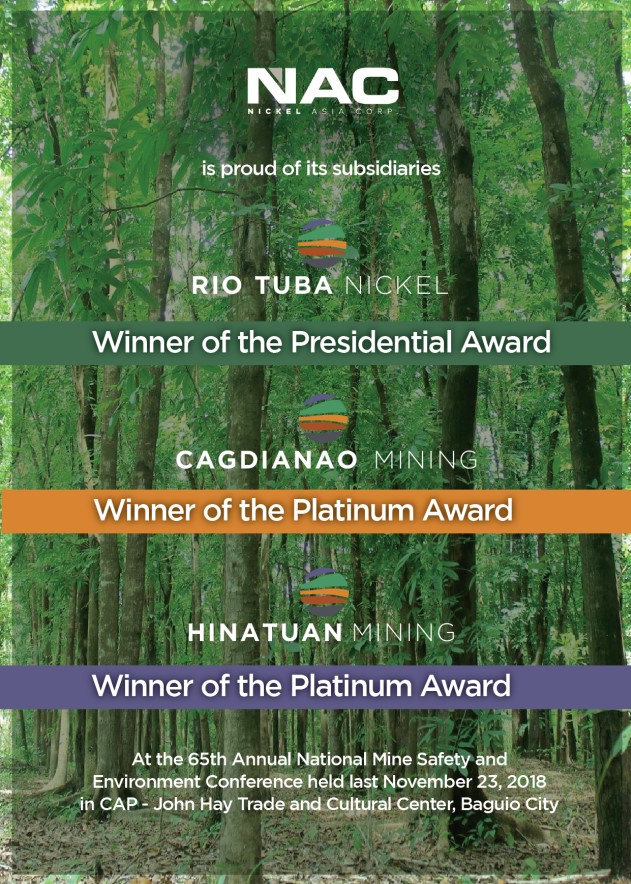Harvest time
Rough road to development
By Sosimo Ma. Pablico
The mountainous portion of Buldon town in Shariff Kabunsuan, formerly a part of Maguindanao province, was known as the camp of Muslim separationists and fierce encounters between the rebels and the military had been top of the news several years back.
This could be one of the reasons why the road going to this town is “peppered” with several stretches of deep muddy portions such that any ordinary vehicle would have extreme difficulty extricating itself from the mud.
The truth is that this writer was afraid the service vehicle of PhilRice Midsayap would not be able to reach our destination – Brgy. Dinganen. But the driver skillfully maneuvered the vehicle and, indeed, we got safely to Sitio Campo of the barangay where some farmers were already waiting for us. Sitio Campo is 19.5 kilometers away from the highway in Pigcawayan town, but it took us about an hour to reach the place.
Bert Pajarito, who ably guided this writer in Muslim Mindanao in nine days, said Sitio Campo was a site of a PhilRice-JICA technical cooperation project last year but the project was transferred to Lower Dinganen this year as a matter of policy. The interview almost did not push through, as the sight of the rice plants did not show that the farmers truly learned much from the FFS [farmers’ field school]. Off-types were very visible in all the fields and it did not speak well of FFS results.
However, since we were already there and some farmers were anxious to meet us, we had to be polite and talk to them.
The first to face us was Nestor Villa, 54, an enlisted soldier in the Philippine Army from 1972 to 1980 who left Camiling, Tarlac at 19 years old. As the techno demo farmer last year, this Ilocano compared the performance of PSB Rc14, PSB Rc74 and PSB Rc82 with Masipag, a farmer’s variety. Using the new technology, he planted each variety in 250 sq m [square meters].
“My harvest from this was much better than in the previous years,” he said. Given the new technology, the yield of Masipag [4.5 bags] did not differ much from the recommended varieties – PSB Rc14, 5 bags; PSB Rc74, 4.5 bags; and PSB Rc82, 4.5 bags. If these yield levels are computed on a per hectare basis, 4.5 and 5.0 bags wouldbe equivalent to 180 bags and 200 bags, respectively.
Except his observations on the size of the grains, Nestor failed, however, to explain why his yields increased to those levels. In a half hectare field planted with PSB Rc14, which was not a part of the demo, he applied a bag of urea and a bag of complete [14-14-14] at 15 DAT [days after transplanting] and two bags of urea at 45 DAT.
He said he monitored his field everyday to make sure that his crop was not being attacked by insect pests and disease. He would go through the rice plants so that he could see if there was a need to apply insecticides. He said he only needed to spray if five or more insects fell on the water below.
From this crop, Nestor harvested 3,300 kg or an equivalent 6,600 kg/ha, which was much lower than the yields of his demo [9,000 to 10,000 kg/ha].
Although he was planting a few hills of eggplant, okra and sitao in his backyard in the past, it was only in January 2007 that he planted vegetables in a larger scale – 250 sq m each for eggplant, cucumber, ampalaya, mung bean, sitao and tomato. From eggplant, ampalaya and mung bean, he recorded a total income of P7,770.
In contrast, the participating farmers did not perform as well as Nestor although they claimed that they learned much through the project. Take Santiago Galas, 55, for instance. Although his 2-ha farm is irrigated, he still got a miserable yield – a total 149 cavans or 74.5 cavans/ha – from Matatag 3 [NSIC Rc118], a tungro-resistant variety. In 2004 he harvested 60 cavans/ha during the wet season and 55 cavans/ha during the dry season from Matatag 3. In effect, the new technology may not have been applied well and, hence, there was not much difference in his yields before and during the project.
NSIC Rc36 also did not perform well during the project, as he got a measly 65 cavans/ha during the wet season and 47 cavans/ha during the dry season. He also tried the private hybrid SL 8H during the dry season, but it failed miserably with 86 cavans/ha due to tungro. What’s more, the grains were even light.
Santiago claimed that all farmers who planted this private hybrid failed and were not able to pay P5,000 to their financiers. Like Santiago, the new technology apparently was not properly followed by Benedicto Garcia, 43. His wife said they harvested 80 bags/ha of Burdagol in the wet season due to black bug infestation. In the past, they were harvesting 66.67 bags/ha.
Although the farmers had been using certified seeds provided by the project, the farmers “may find it difficult in the future to get certified seeds from Midsayap, especially if they don’t have money,” said Nestor. For one thing, the cost of transport from the highway to Sitio Campo is prohibitive – P0.40/kg or P16 for a bag of 40 kg. Chances are great for most of the farmers to be exchanging seeds with the harvest of those who shall be able to buy certified seeds, Nestor added.
At the bottom line, one may ask what went wrong. Did the facilitators fail to change the attitudes of the farmers? Or did the farmers fail to fully understand the new technology and its requisites? The question now is like the chicken and egg question.
(Readers may reach columnist at spablico@yahoo.com. For past columns, click http://sundaypunch.prepys.com/archives/category/opinion/harvest-time/ For reactions to this column, click “Send MESSAGES, OPINIONS, COMMENTS” on default page.)






